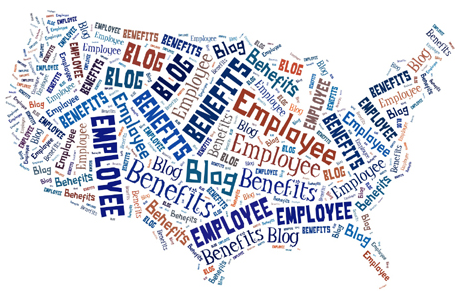If you like this article then please like us on Facebook so that you can get our updates in future ……….and subscribe to our mailing list ” freely “
Accounting Standard 15 Applicability:
Accounting Standard -15 Employee Benefits – Effective from accounting period commencing on or after 1 April, 2006. Applicable to Level II & III enterprises subject to certain relaxation provided, if number of persons employed is 50 or more. For Enterprises employing less than 50 persons, any method of accrual for accounting long-term employee benefits liability is allowed.
Employee benefits include:
Employee benefits are all forms of consideration given in exchange of services rendered by employees. Employee benefits include those provided under formal plan or as per informal practices which give rise to an obligation or required as per legislative requirements. These include performance bonus payable within 12 months and non-monetary benefits such as housing, car or subsidised goods or services to current employees, post-employment benefits, deferred compensation and termination benefits. Benefits provided to employees’ spouses, children, dependents, nominees are also covered.
Accounting treatments:
For retirement benefits of provident fund and other defined contribution schemes, contribution payable by employer and any shortfall on collection from employees if any for a year be charged to Profit & Loss A/c. Excess payment be considered as pre-payment. For gratuity and other defined benefit schemes, accounting treatment will depend on the type of arrangements, which the employer has entered into… If payment for retirement benefits out of employers funds, appropriate charge to P& L to be made through a provision for accruing liability, calculated as per actuarial valuation. If liability for retirement benefit funded through creation of trust, cost incurred be determined actuarially. Excess/ shortfall of contribution paid against amount required to meet accrued liability as certified by actuary be treated as pre-payment or charged to P & L account. If liability for retirement benefit is funded through a scheme administered by an insurer, an actuarial certificate or confirmation from insurer to be obtained. The excess or shortfall of the contribution paid against the amount required to meet accrued liability as certified by actuary or confirmed by insurer should be treated as pre-payment or charged to Profit & Loss account. Any alteration in the retirement benefit cost should be charged or credited to P & L A/c and change in actuarial method should be disclosed as per AS 5.
Short-term:
Short-term employee benefits should be recognised as an expense without discounting, unless permitted by other AS to be included as a cost of an asset.
Accumulated & non accumulated:
Cost of accumulating compensated absences is accounted on accrual basis and cost of non-accumulating compensated absences is accounted when there’s any absence.
Post employment benefits scheme:
Post employment benefits can either be defined contribution plans, under which enterprise’s obligation is limited to contribution agreed to be made and investment returns arising from such contribution, or defined benefit plans under which the enterprise’s obligation is to provide the agreed benefits. Under the later plans if actuarial or investment experience are worse then expected, obligation of the enterprise may get increased at subsequent dates.
Multiple employers plans:
In case of a multi-employer plans, an enterprise should recognise its proportionate share of the obligation. If defined benefit cost can not be reliably estimated it should recognise cost as if it were a defined contribution plan, with certain disclosures
Defined contribution plan:
For example State Plans and Insured Benefits are covered under this category. cost of Defined contribution plan should be accounted as an expense on accrual basis. In case contribution does not fall due within 12 months from the balance sheet date, expense should be recognised for discounted liabilities.
Balance sheet:
For balance sheet purpose, the amount to be recognised as a defined benefit liability is the present value of the defined benefit obligation reduced by (a) past service cost not recognised and (b) the fair value of the plan asset. An enterprise should determine the present value of defined benefit obligations (through actuarial valuation at intervals not exceeding three years) and the fair value of plan assets (on each balance sheet date) so that amount recognised in the financial statements do not differ materially from the liability required. In case of fair value of plan asset is higher than liability required, the present value of excess should be treated as an asset. Recommended Articles
AS 5 Net Profit or Loss for the Period, Prior Period ItemsWhat’s the Difference Between FDI and FII?What is a fiscal policy??Earning Per ShareAccounting standard 2, Inventory valuationAS 1 Disclosure of Accounting PoliciesADR and GDR Complete Guide
if you have any query regarding “Accounting Standard 15: Accounting for Retirement Benefits” then please post your query via below comment box…

